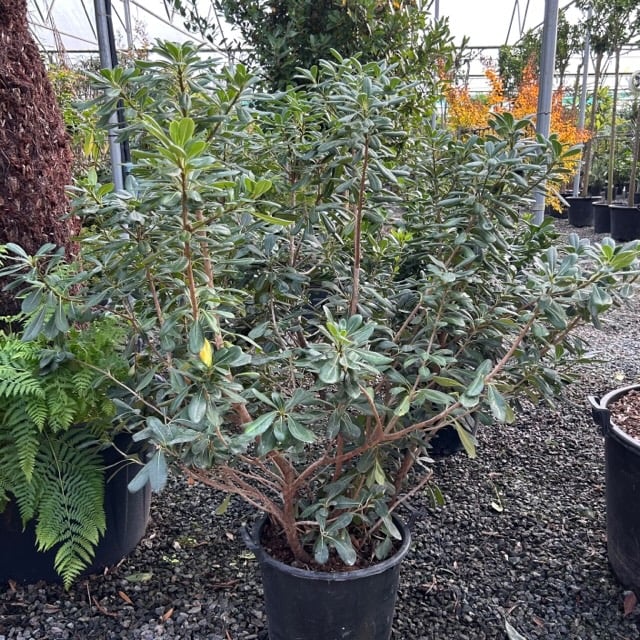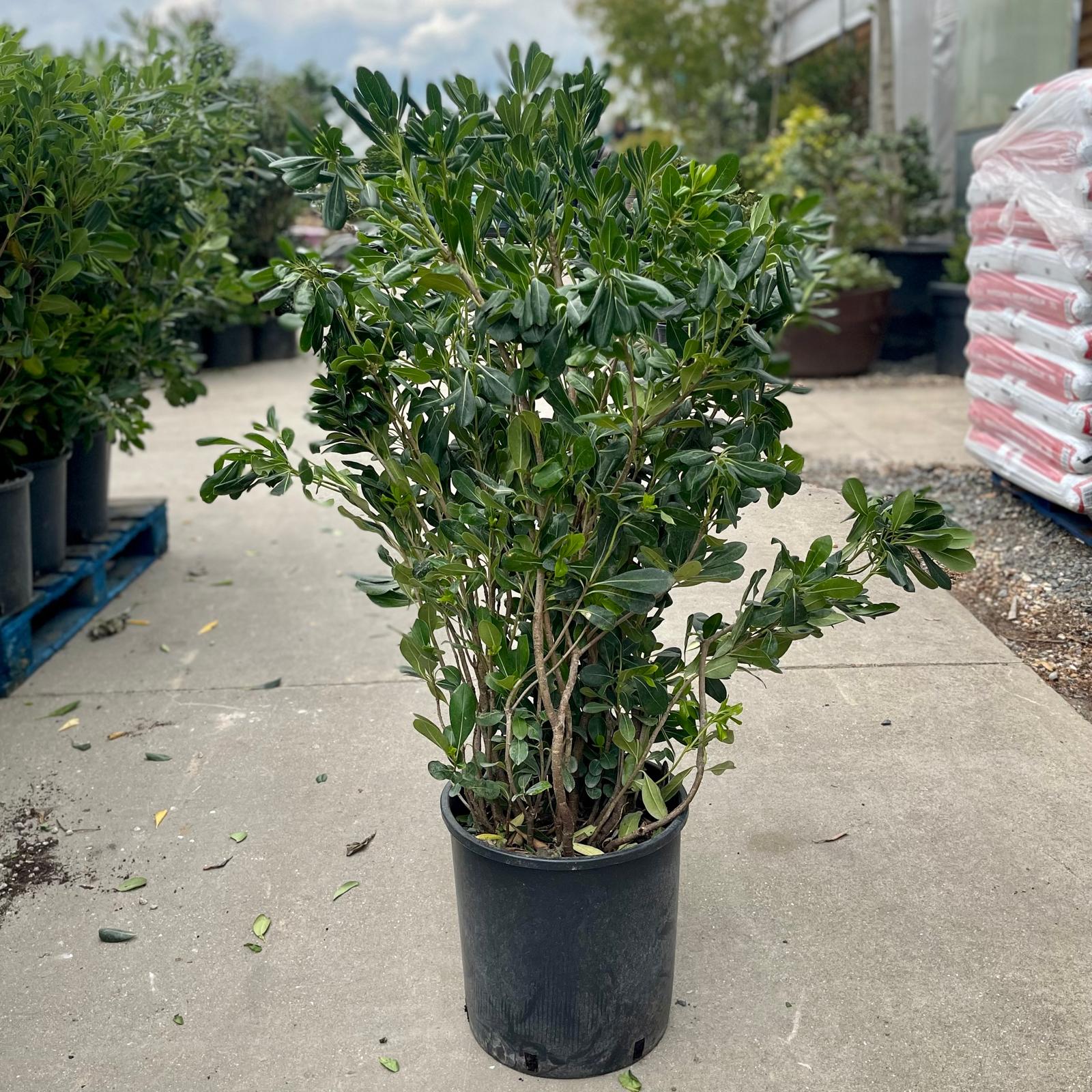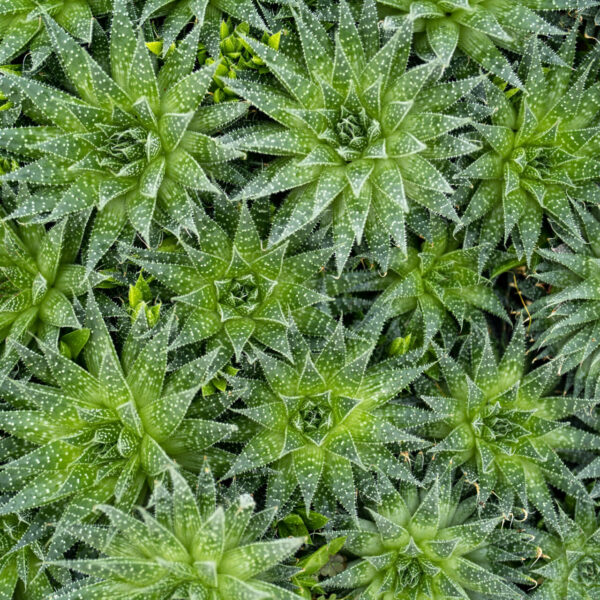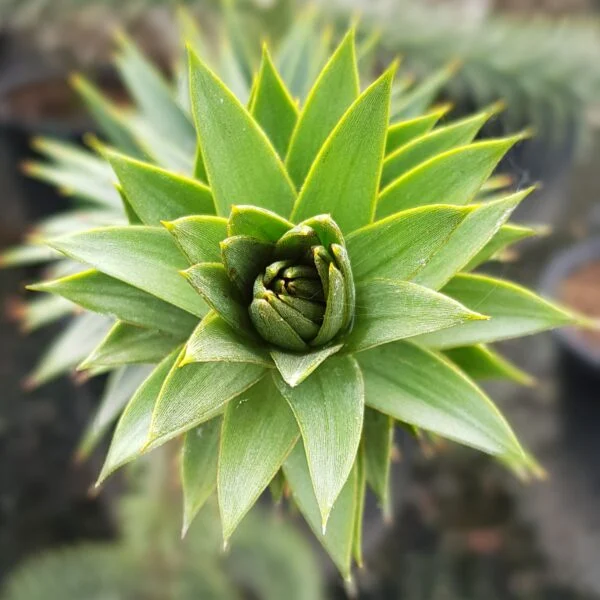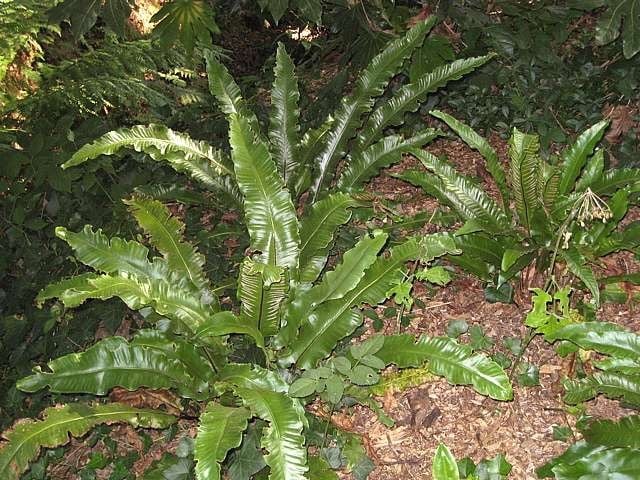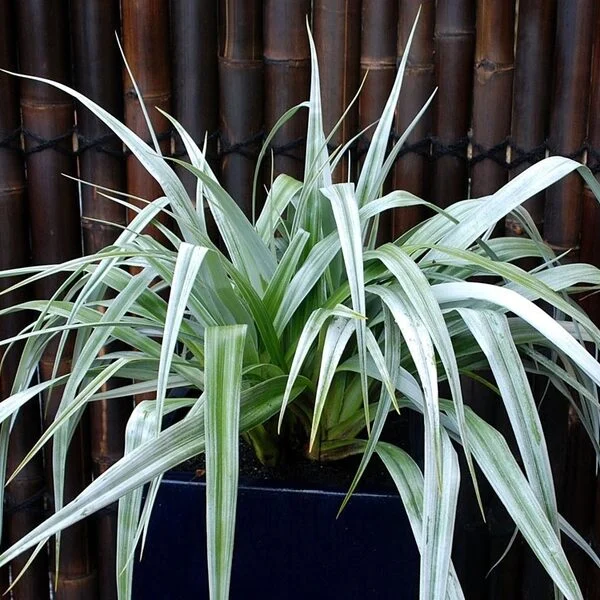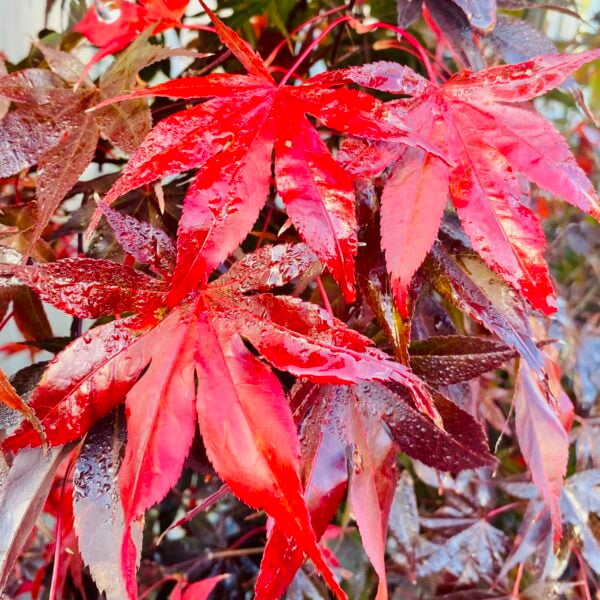Pittosporum tobira . (Japanese Mock Orange)
From £72.50 incl. VAT
Shiny, tough, evergreen leaves and delicious, powerfully smelly cream coloured flowers in June. Very Japanese. Excellent by the seaside. To 6ft.

Hardiness level Amber
Pittosporum tobira's tough leathery leaves and remarkable drought resistance makes it particularly well suited to coastal regions. Suitable for sun or shade. As with most drought resistant plants, its drought resistance is due to its ability to find water rather than exist without it, therefore, if grown in a pot keep it well watered, it's completely dependant on you. The beautifully scented flowers last from around mid May to mid June and the hotter and sunnier the position, the more it will flower. Not bad as a pot plant as long as it's kept the same size by clipping. Clipping (or pinching out in the case of the variety 'nana') is best done following flowering - around late June. In mild London or coastal gardens it can be clipped into an excellent hedge.
As with so many plants, in shade, the leaves will be larger, darker green and glossier than when grown in the sun. On the other hand, they will flower less in the shade. Try partial shade!
N.B. When clipping several plants with the same tool, have a bucket containing a 5% bleach solution and swish your blades around for 30 seconds between plants to sterilise them. This will help avoid the chance of cross contamination of disease.
As with all woody plants, plant high, exposing as much of the taper at the base of the trunk as possible. Allowing soil to accumulate round the base of a tree can be fatal. Keep very well watered when first planted.
Additional Information |
|
|---|---|
| Size | 40-65L, 40-65L (H80cm-1.6m, W1-1.5m) G3-5cm, 5-7L (H1m, W1.1-1.2m) |
| Soil Type | |
| Light | |
| Plant Type | |
| Continent of Origin | |
| Specialist Plants | |
| Features | |
| Tree Size | |
| Situation | Coastal, Exposed (To wind and sun), Mild City Gardens, Plants for Pots, Seaside, Sheltered Garden |
| Flower Colour | |
| Hardiness | |




